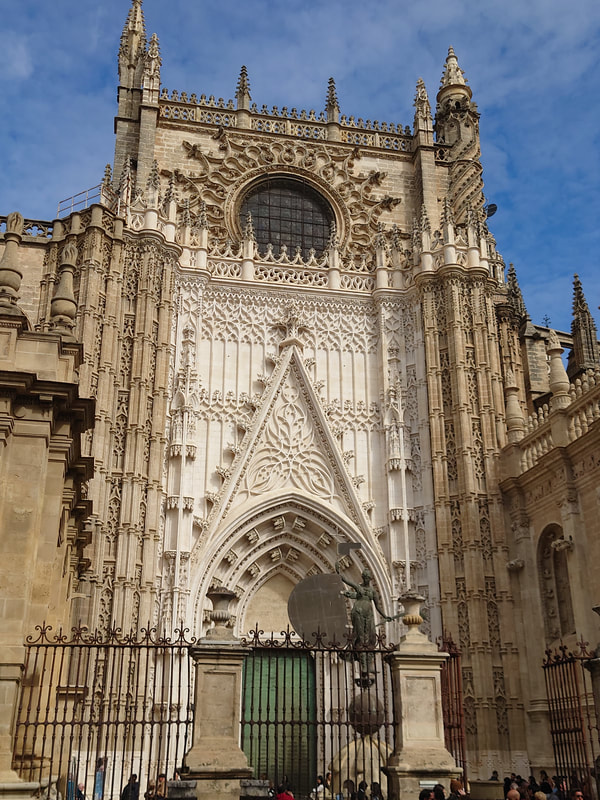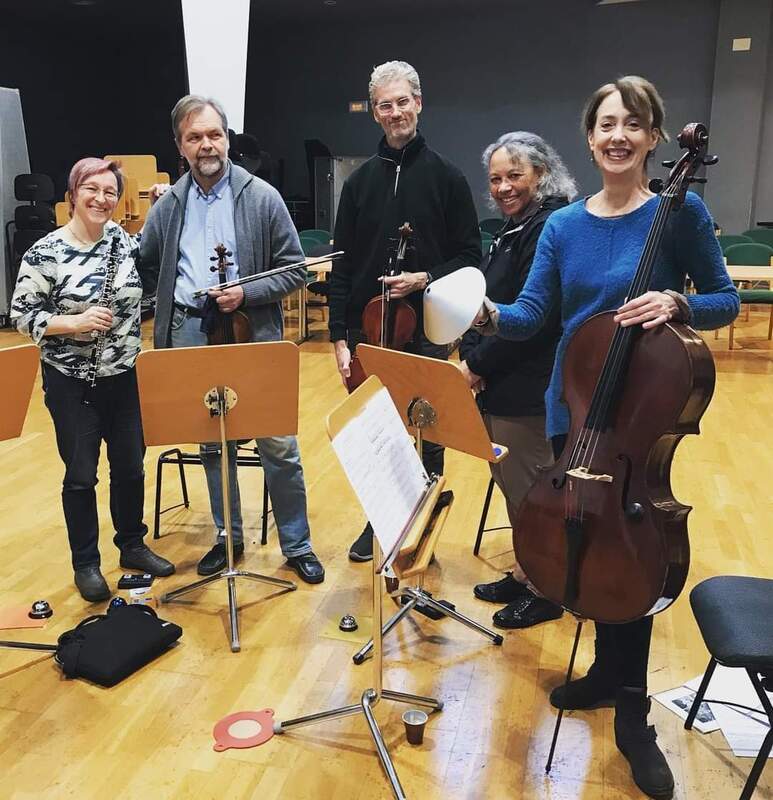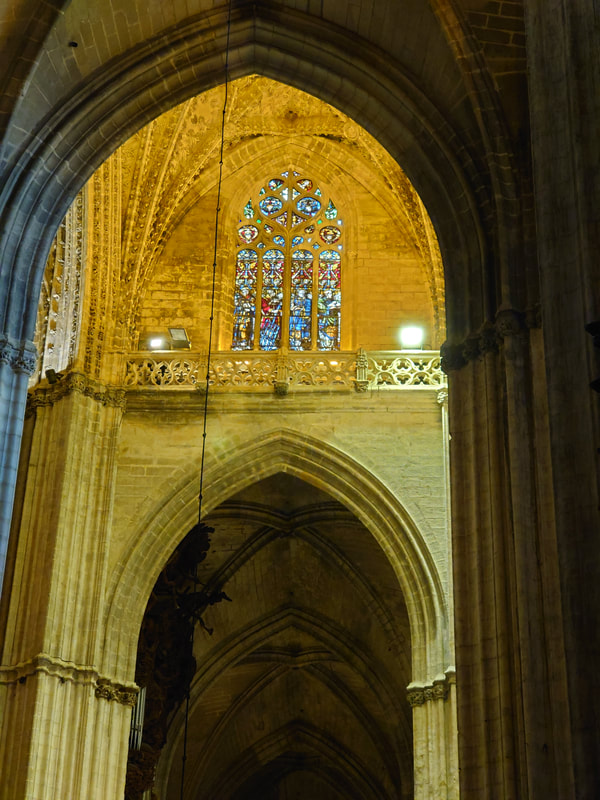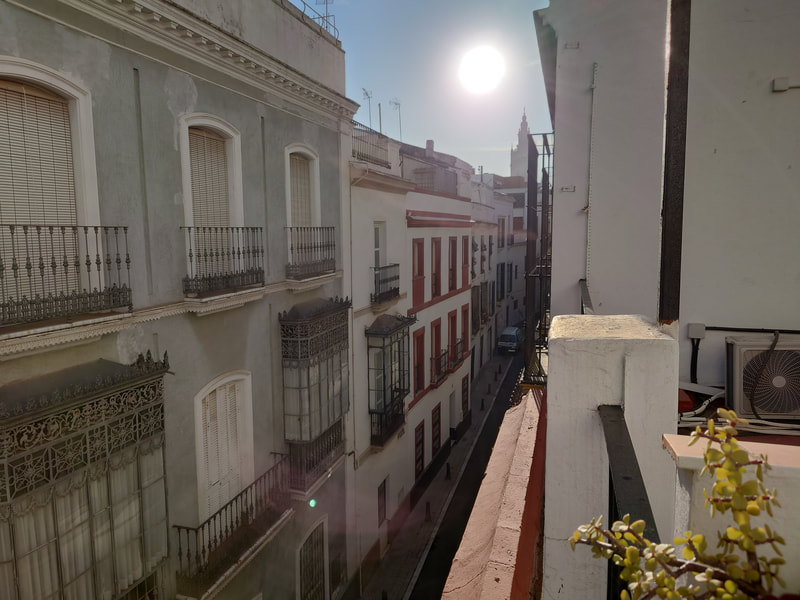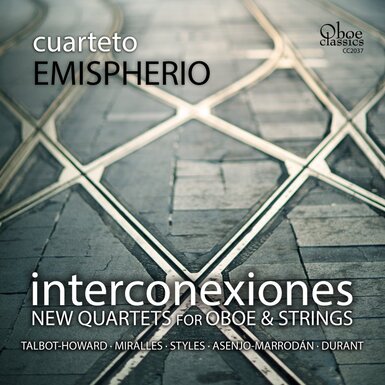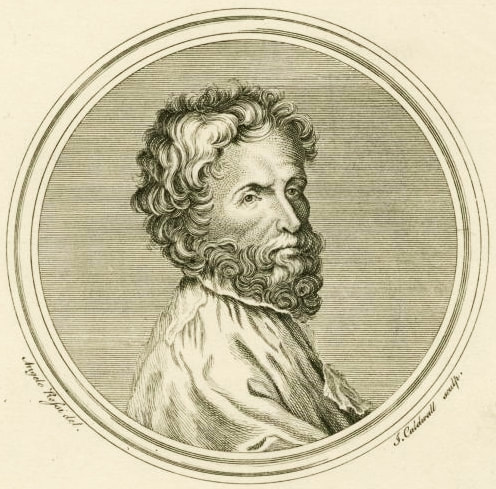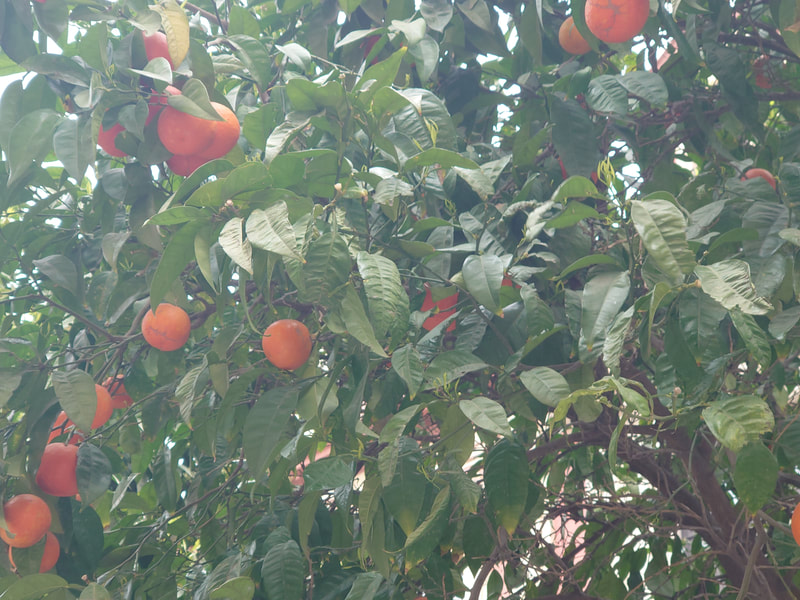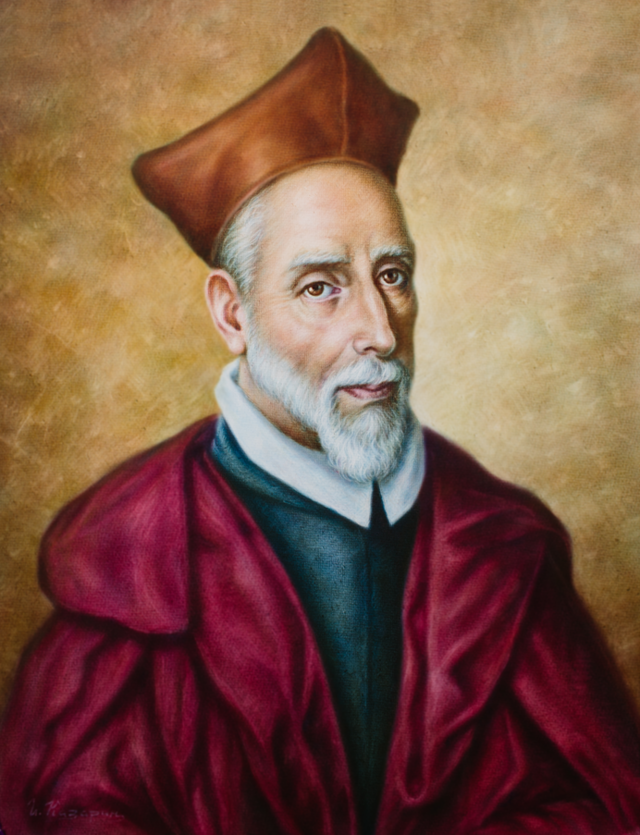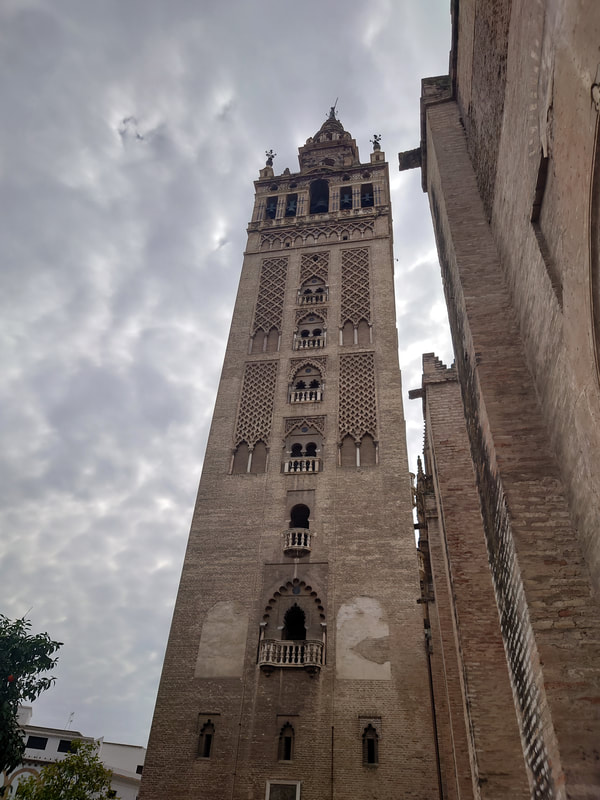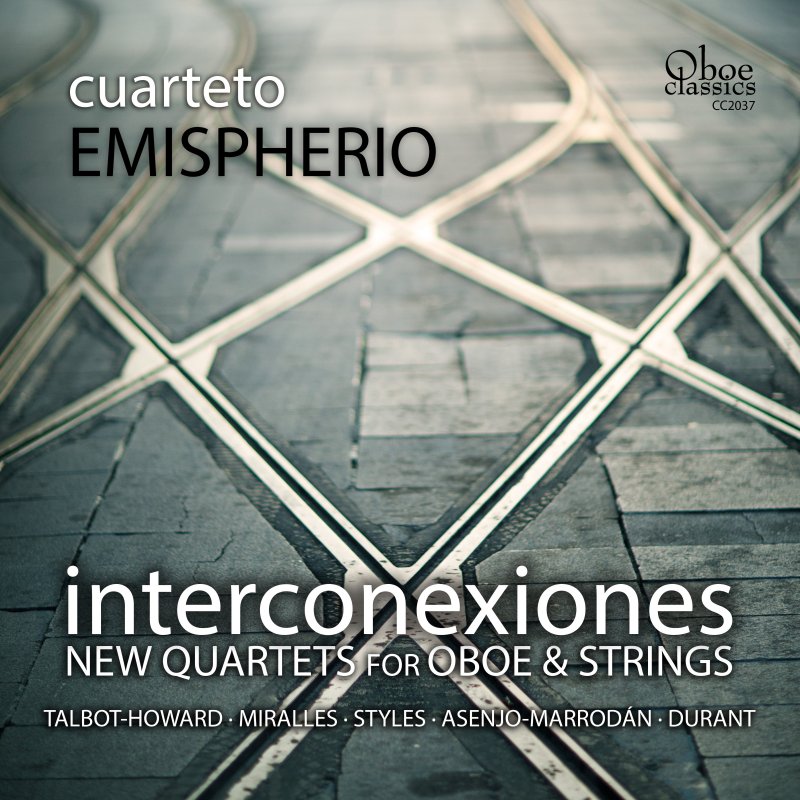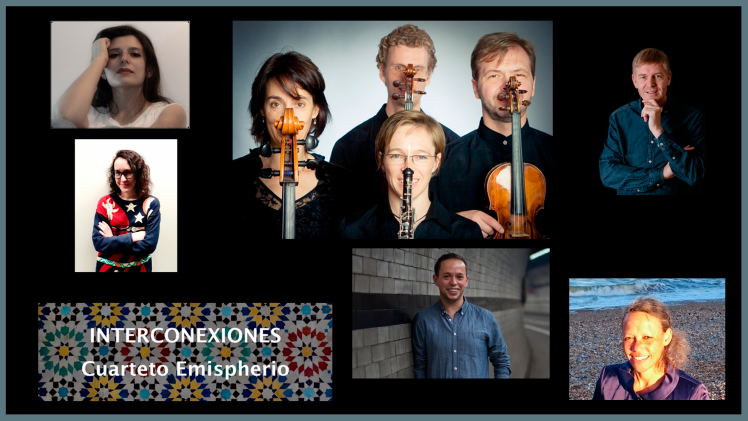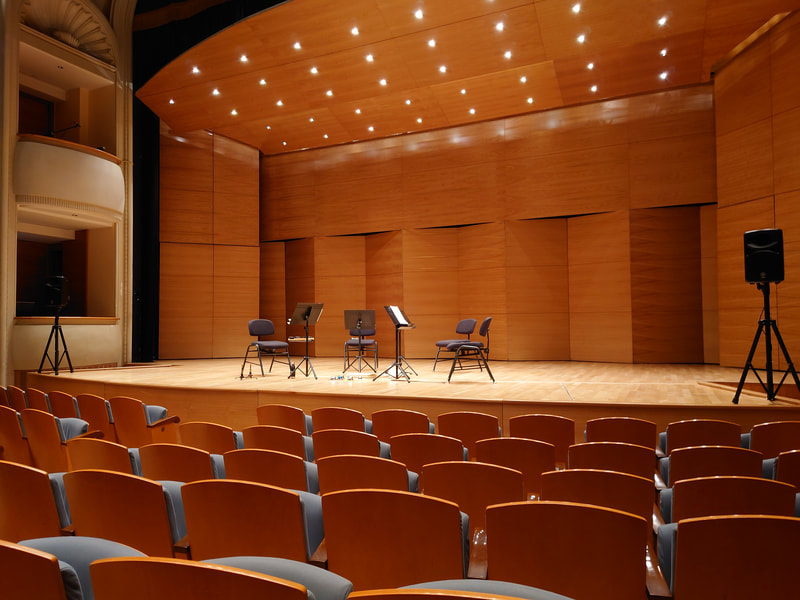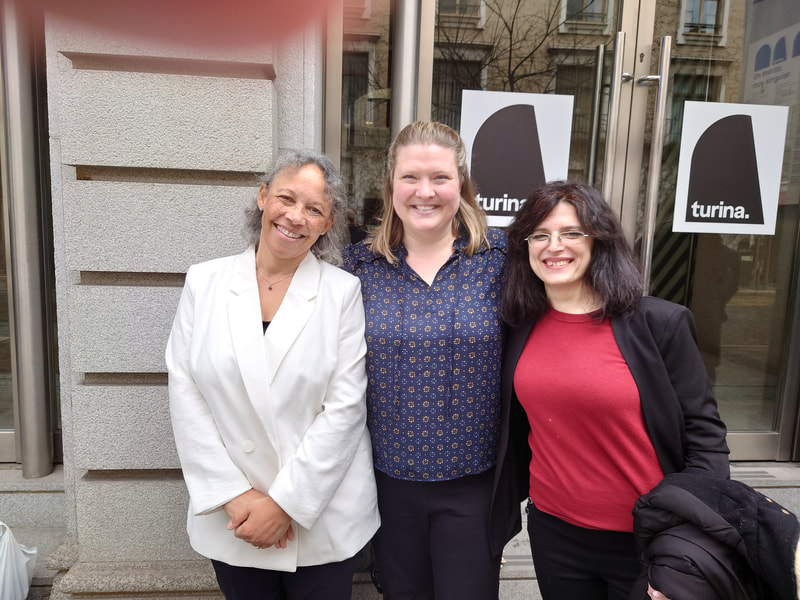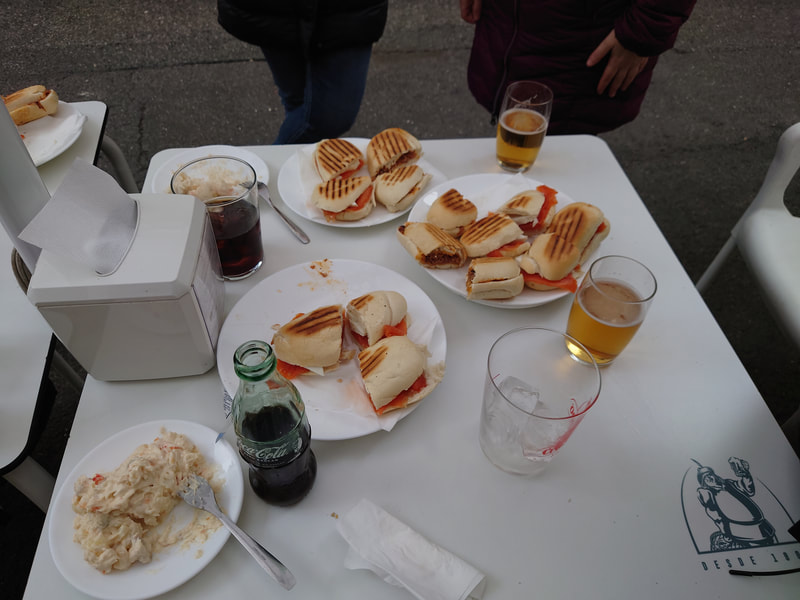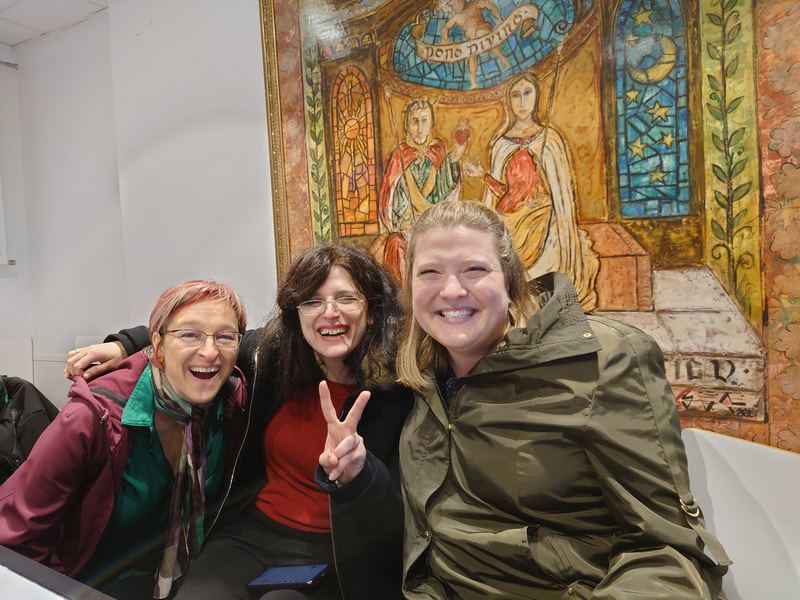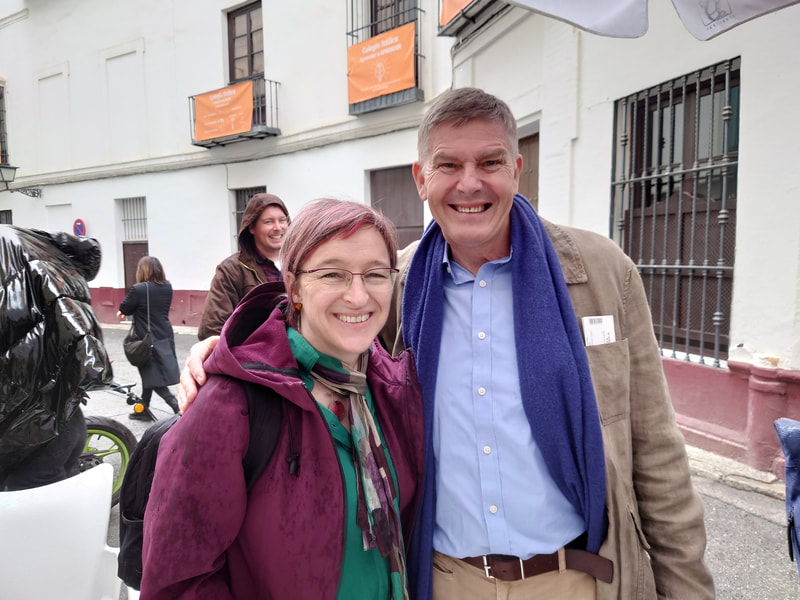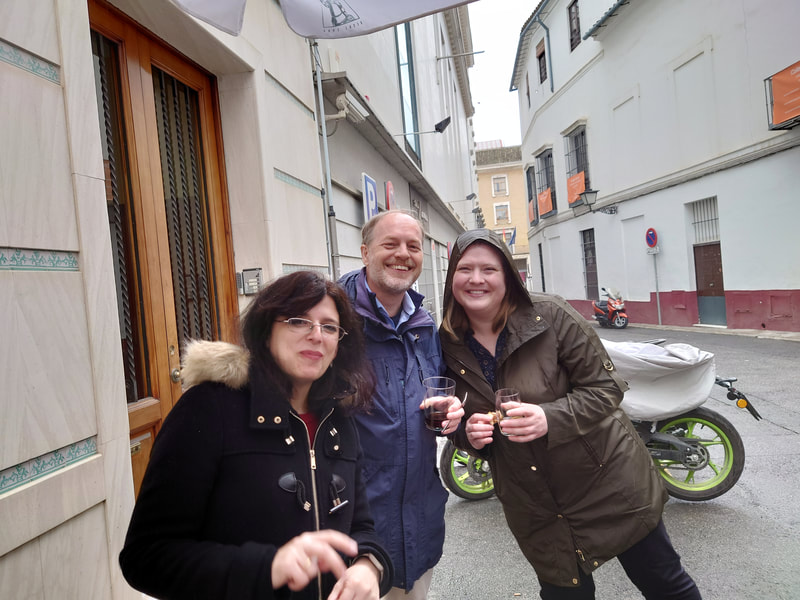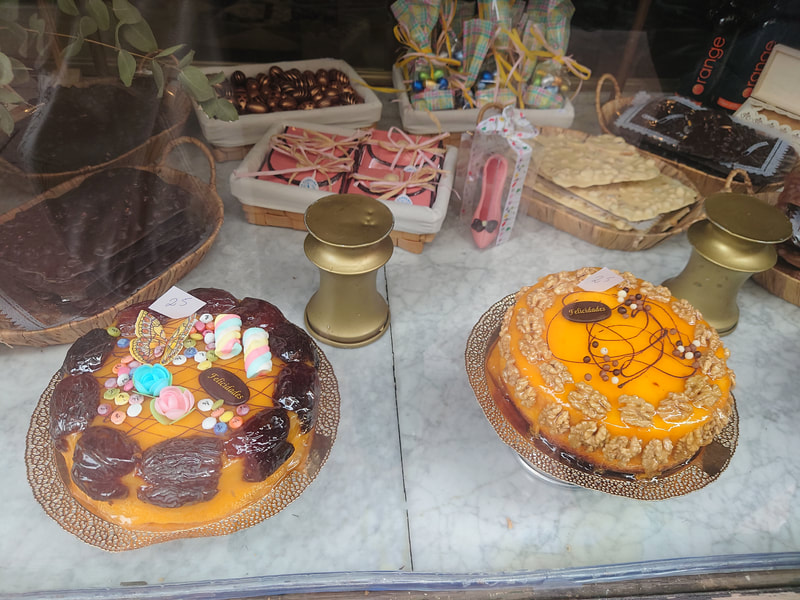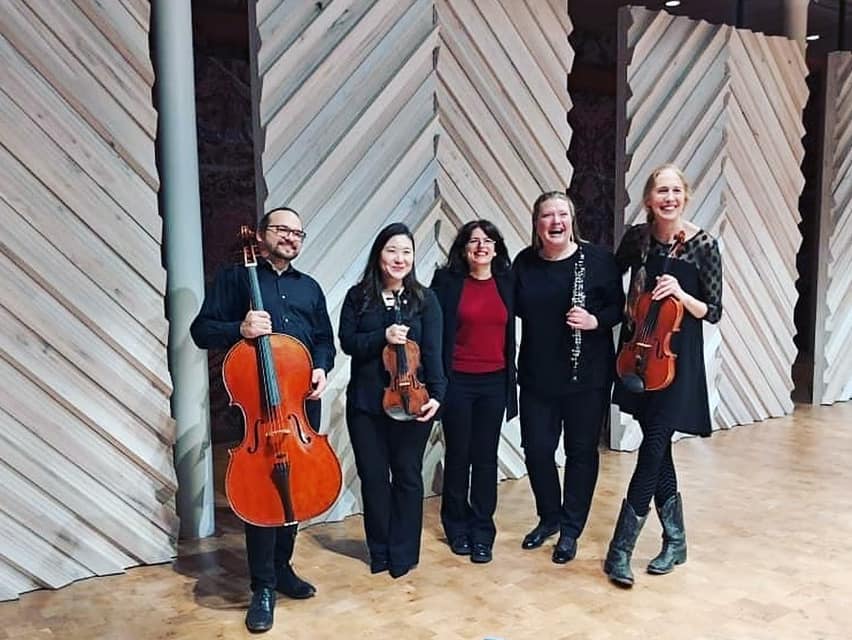Seville Cathedral, A Study in Memory - in Arch Form (2022)
A Phantasy Quartet for Oboe* & String Trio
with Aluphone Handbell or Tubular Bell A4
* or Soprano Sax, Clarinet in Bb, etc.
Commissioned by Cuarteto Emispherio as part of Interconexiones: New Quartets for Oboe & Strings
WORLD PREMIERE: Sunday 5 March 2023, Espacio Turina, Seville
A Phantasy Quartet for Oboe* & String Trio
with Aluphone Handbell or Tubular Bell A4
* or Soprano Sax, Clarinet in Bb, etc.
Commissioned by Cuarteto Emispherio as part of Interconexiones: New Quartets for Oboe & Strings
WORLD PREMIERE: Sunday 5 March 2023, Espacio Turina, Seville
Seville Cathedral, A Study in Memory - in Arch Form (2022)
EXCITING OFFERS FOR IDRS DELEGATES!
15% OFF the Published Score Price, until 31 July!
Click on the score, below, to access the June Emerson Wind Music sales page.
When checking out, click on 'Redeem a Discount Code' and enter IDRS2024 as your coupon code.
Click on the score, below, to access the June Emerson Wind Music sales page.
When checking out, click on 'Redeem a Discount Code' and enter IDRS2024 as your coupon code.
5 New Oboe Quartets!
Cuarteto Emispherio's CD, Interconexiones, is available for purchase from the Howarth's Stand in the Exhibition Hall.
Cuarteto Emispherio's CD, Interconexiones, is available for purchase from the Howarth's Stand in the Exhibition Hall.
|
This work finds its starting point in a long ago and highly-memorable visit to Seville Cathedral whilst on tour with a British chamber orchestra in the mid-1990s; and in my shared time studying at the Royal Academy of Music in London with commissioning oboist Sarah Roper.
I have clear and happy memories of this enormous cathedral: of walking back down the long nave, away from the altarpiece to examine something; and, finally, of exiting through a side door, into the courtyard outside. From a compositional point of view, Seville Cathedral is a counterfoil to two previous works about iconic church buildings: Rievaulx – A Study in Memory, in Arch Form (2021) for Quartet of Reed Instruments & Two Aluphone Bells; and Byzantion I: Hagia Sophia (2022) for Double-reed Piano Trio (i.e. Cor anglais, Bassoon & Piano) or alternative instruments. Both previous pieces commence with Gregorian and Byzantine Chant, respectively, which are then subjected to developing variation. However, Seville Cathedral does not. I decided to use neither Gregorian chant as a starting point, nor any quotes from Renaissance motets as an initial melody or cantus firmus device... continued below |
Please click on image for CD download &
purchase information. |
Performance History
|
Cuarteto Emispherio gives the WORLD PREMIERE in Seville on 5th March 2023, as part of the Royal Symphony Orchestra's chamber music series. The artists were Sarah Roper, oboe; Vladimir Dmitrienco, violin; Jerome Ireland, viola; Gretchen Talbot, cello
|
Lindsay Flowers & colleagues from the University of Wisconsin-Madison gave the USA PREMIERE on 29th April 2023, at Mead Witter School of Music. The artists were Lindsay Flowers, oboe; Dawn Wong, violin; Katrin Talbot, viola; James Waldo, cello
|
The BRITISH PREMIERE took place on 23rd March 2024 at the Royal Welsh College of Music & Drama in Cardiff, as part of a BDRS Double-reed Day. The performers were Grace Tushingham, oboe; Sanne Heaven, violin; Bess Cook-Miller, viola; & professor Alice Neary, cello, who led the ensemble.
Three Renaissance Composers (continued from above)
Instead, I selected three past composers closely associated with the cathedral’s early years, whose works are regarded as an important component of the cathedral’s contribution to the musical canon. I created cyphers from the musical letters contained in their names, and built the piece upon these cyphers, using them both melodically and harmonically.
Cristobal de Morales (1500-1553), Francisco de Penalosa (1470-1528) & Francisco Guerrero (1528-1599) form part of the musical memory of the building, bringing into remembrance the highly-important development of common practice tonal rules out of the raw material of the Mediaeval period. Open fifths, for example – which were still in use, compositionally, when the cathedral’s foundation stone was laid in 1401. These drone fifths form a recurrent feature of the piece – as do ostinato figures.
Having spent much of 2021 & 2022 utilising heritage church chant in my chamber music; reworking an unpublished sonata by the historical Black composer Chevalier de Saint-Georges; and creating an Oboe & Piano sonata from the Opus 59 solo piano works by Afro-British composer Samuel Coleridge-Taylor, I felt great reluctance at the idea of utilising any other composer’s material. Therefore, Seville Cathedral should be regarded primarily as a phantasy quartet on the theme of the musical history of a great church building, rather than a piece reverently incorporating church chant.
Instead, I selected three past composers closely associated with the cathedral’s early years, whose works are regarded as an important component of the cathedral’s contribution to the musical canon. I created cyphers from the musical letters contained in their names, and built the piece upon these cyphers, using them both melodically and harmonically.
Cristobal de Morales (1500-1553), Francisco de Penalosa (1470-1528) & Francisco Guerrero (1528-1599) form part of the musical memory of the building, bringing into remembrance the highly-important development of common practice tonal rules out of the raw material of the Mediaeval period. Open fifths, for example – which were still in use, compositionally, when the cathedral’s foundation stone was laid in 1401. These drone fifths form a recurrent feature of the piece – as do ostinato figures.
Having spent much of 2021 & 2022 utilising heritage church chant in my chamber music; reworking an unpublished sonata by the historical Black composer Chevalier de Saint-Georges; and creating an Oboe & Piano sonata from the Opus 59 solo piano works by Afro-British composer Samuel Coleridge-Taylor, I felt great reluctance at the idea of utilising any other composer’s material. Therefore, Seville Cathedral should be regarded primarily as a phantasy quartet on the theme of the musical history of a great church building, rather than a piece reverently incorporating church chant.
|
SCORE PURCHASE
Seville Cathedral - A Study in Memory
A Phantasy Quartet in Arch Form for Oboe (or Soprano Sax/Clarinet in Bb); & String Trio - with Aluphone or Tubular Bell PDF set of Score & Parts in C for Oboe, Violin, Viola & Cello with Aluphone or Tubular Bell A4 (doubled by the cellist). Includes an Oboe Leading Score (oboe in large staff, string parts in small staff) for rehearsal direction, as well as a traditional oboe part for the performance. PDF set of Score & Parts in Bb for Soprano Saxophone or Clarinet & String Trio - with Aluphone/Tubular Bell A4 - Please enquire via the Score Purchase & Contact Page. To purchase the OBOE SCORE, please click on the cover image. |
A Phantasy Quartet
In honour of the early-twentieth-century British Cobbett Prize – which promoted the ‘phantasy’ chamber music form - and owing to the fact that Seville Cathedral is free from any church musical heritage or Renaissance art music – I felt free to compose a modern-day phantasy quartet. In keeping with Rievaulx – which also features Norman architecture – and Britten’s and Bridge’s Phantasy Pieces, I have once more used arch form - which should be clearly discernible to both listeners and performers. Unlike in Rievaulx, however, the bell part does not return at the end of the piece.
“The parts must be of equal importance, and the duration of the piece should not exceed twelve minutes. Though the Phantasy is to be performed without a break, it may consist of different sections varying in tempi and rhythm.” (Walter Willson Cobbett)
In keeping with these parameters, Seville Cathedral is through-composed, and 10’45” in length.
In honour of the early-twentieth-century British Cobbett Prize – which promoted the ‘phantasy’ chamber music form - and owing to the fact that Seville Cathedral is free from any church musical heritage or Renaissance art music – I felt free to compose a modern-day phantasy quartet. In keeping with Rievaulx – which also features Norman architecture – and Britten’s and Bridge’s Phantasy Pieces, I have once more used arch form - which should be clearly discernible to both listeners and performers. Unlike in Rievaulx, however, the bell part does not return at the end of the piece.
“The parts must be of equal importance, and the duration of the piece should not exceed twelve minutes. Though the Phantasy is to be performed without a break, it may consist of different sections varying in tempi and rhythm.” (Walter Willson Cobbett)
In keeping with these parameters, Seville Cathedral is through-composed, and 10’45” in length.
